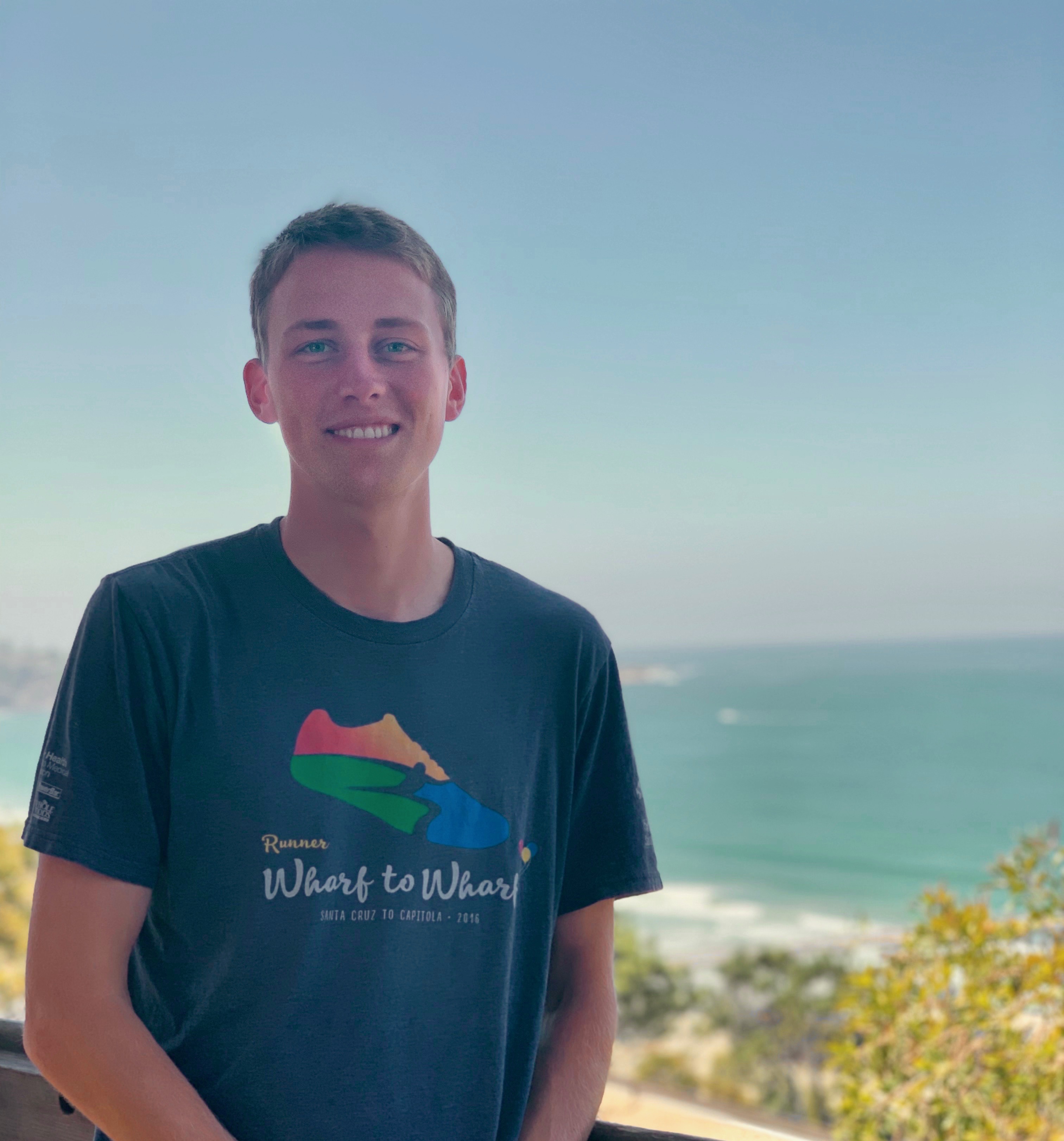Research
The broad goals of my research are to better understand the underlying physics of the coupled air-sea system at the submesoscale and how interactions between the ocean and atmosphere at these scales impact the larger climate system. Applying this knowledge, I aim to develop physics-based parameterizations for high-resolution operational ocean models to increase the model’s accuracy at the submesoscale. Achieving this requires a combination of theoretical, numerical, and field studies. Here, I aim to:
- Deploy instrumented wave gliders, an autonomous moving platform, and characterize the observations of the ocean and atmospheric boundary layers to understand exactly what is being observed abroad these platforms.
- Collect coincident and colocated observations of submesoscale ocean currents in the upper ocean from in-situ (i.e. instrumented wave gliders) and remote (i.e. Modular aerial sensing system known as MASS) assets to characterize the spatial and temporal variability of submesoscale processes.
- Develop and optimize physics-based parameterization of air-sea interactions for coupled air-sea models.
This scientific effort will bridge the gap between observational and modeling efforts to study the coupled air-sea system. I am currently involved with the science teams in NASA’s Sub-mesoscale Ocean Dynamics experiment (S-MODE), which is a significant effort to discover if submesoscale ocean dynamics have a significant impact on the vertical exchange of climate and biological variables in the upper ocean and to address important sources of uncertainty in simulating the global ocean.
